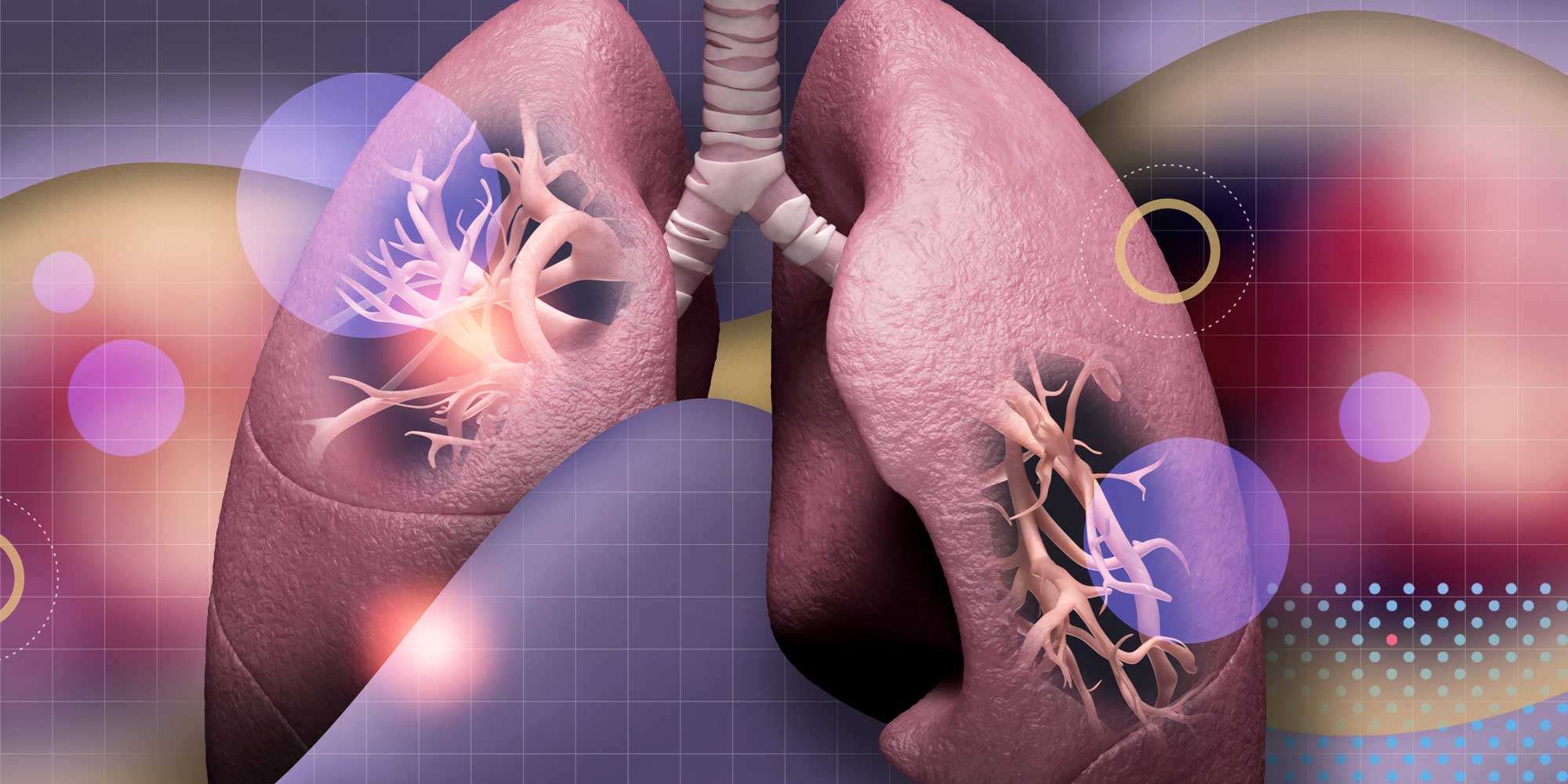

For patients with advanced or metastatic non-small cell lung cancer (NSCLC) and limited performance status, an immune checkpoint inhibitor drug called durvalumab is safe and may benefit overall survival, according to a new eClinicalMedicine study by UPMC Hillman Cancer Center researchers.
Performance status, a measure of a patient’s physical function and ability to perform daily activities, is often assessed with the Eastern Cooperative Oncology Group (ECOG) score on a scale of 0 to 5. Higher values describe patients who spend more time confined to a bed or chair and have less ability to care for themselves. Many clinical trials for cancer drugs limit eligibility to patients with good ECOG scores of 0 or 1, so those with borderline scores of 2 or above are underrepresented in these studies.
“Clinical trials for drug approvals have very selective eligibility criteria, so there is concern that study patient populations don’t always reflect the real world,” said senior author Liza Villaruz, M.D., associate professor of medicine at the University of Pittsburgh and co-leader of the Immunotherapy and Drug Development Center at UPMC Hillman. “A strength of our study is that it was done across community-based clinics in rural and underserved areas in patients with limited performance status, so this is a real-world patient population.”
Lung cancer is the deadliest form of cancer, killing more than 125,000 people in the U.S. each year. When NSCLC, which makes up about 85% of all lung cancer cases, progresses to the advanced or metastatic stage, survival rates are limited and the majority of patient eventually succumb to their disease.
“Over the last decade, the development of immunotherapies has revolutionized treatment for NSCLC and greatly improved survival outcomes,” said Villaruz. “However, there is a paucity of data to support the safety and efficacy of these agents in patients with borderline performance status.”
One of these immunotherapies is durvalumab, a checkpoint inhibitor agent that blocks the activity of immune-suppressing PD-L1 proteins to unleash the immune system’s power to target cancer cells. The drug has received U.S. Food and Drug Administration approval as post-remission therapy after chemoradiation in advanced and metastatic NSCLC, but the trial that led to this approval included only patients with good ECOG scores.
Villaruz and her team conducted a single-arm phase 2 trial to examine the safety and efficacy of durvalumab as a first-line therapy in patients with borderline performance status. They enrolled 50 patients with Stage IIIB or IV NSCLC and ECOG score of 2, most of whom were treated across 13 community cancer clinics within the UPMC Hillman Cancer Center Network.
All patients received intravenous durvalumab every 28 days for up to 12 months. Participants also received a test to measure the proportion of tumor cells expressing PD-L1, which predicts the efficacy of immune checkpoint inhibitors.
Median overall survival was 6 months in patients with PD-L1-negative tumors and 11 months in those with PD-L1-positive tumors. Health-related quality of life remained statistically similar between baseline and over the course of treatment, and severe treatment-related adverse events occurred in only 19% of patients.
In comparison, platinum doublet chemotherapy, the standard-of-care first-line treatment for advanced NSCLC for decades, has an overall survival rate of about nine months and severe treatment-related adverse events of about 30% in patients with borderline performance status.
“Although our study did not have a control group, the findings suggest that durvalumab has a survival benefit for NSCLC patients with PD-L1-positive tumors and borderline performance status,” said Villaruz. “Importantly, it gives us reassurance that durvalumab is safe, well-tolerated and is associated with stable quality of life.”
Even though more than one-third of patients with advanced or metastatic NSCLC have borderline performance status, they are underrepresented in clinical trials, said Villaruz.
“We show that it’s feasible to conduct clinical trials with medically complex patients who may not be able to travel to large academic hubs,” she added. “The ability to do clinical research within that patient population at rural cancer sites is important for improving representation within clinical trial findings.”

